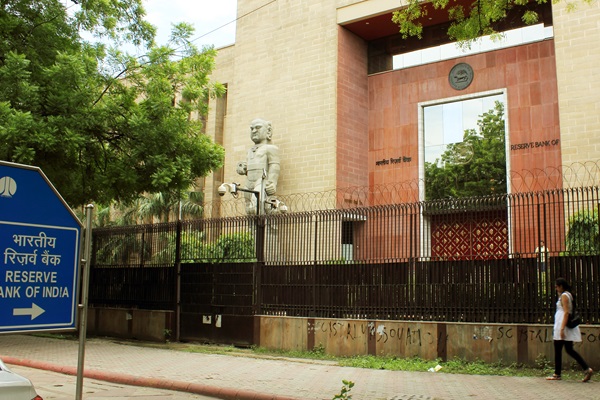.png)
India Is Losing Its FDI Edge—And That Should Worry Policymakers
Net foreign direct investment has plunged to a 17-year low. Repatriations and investments abroad are rising, and global rankings are slipping.


By BasisPoint Insight
May 2, 2025 at 8:00 AM IST
India’s vaunted status as a magnet for global capital is beginning to show signs of strain. Net foreign direct investment—long a pillar of India’s external sector strength—has fallen to its lowest level in nearly two decades, raising questions about the narrative of India as the world’s next growth engine.
The headline numbers are concerning. Net FDI—the difference between foreign investments into India and Indian investments abroad—fell to just $10.89 billion in 2023–2024, a 17-year low. The latest available data from the Reserve Bank of India shows an even steeper drop of 87% year-on-year from April to February, to a modest $1.46 billion.
The trend is not new but has intensified. After peaking at $43.96 billion in 2020–2021, net FDI has been declining steadily. What is driving the fall is not just weak gross inflows but the rapid rise in repatriations—foreign companies pulling out past investments from India. Repatriations surged 51% to a record $44.40 billion in 2023–2024 and already touched $48.87 billion by February, up 20% from a year ago. At the same time, Indian firms are sending more money abroad, with outbound investments up 90% year-on-year in April–February to $24.77 billion.
These trends point to evolving capital preferences rather than a wholesale withdrawal of confidence. According to the Global Private Capital Association, private equity exits in India hit $27.9 billion in 2024—$5.2 billion more than inflows—while new investments declined 60% over the past three years.
India’s position in global rankings reflects this shift. The country fell to 15th place in UNCTAD’s World Investment Report 2024, after holding a top-10 spot for four years. The Kearney FDI Confidence Index shows a drop to 24th in 2025 from 5th in 2013. FDI inflows as a percentage of GDP are down to just 0.8%, according to the World Bank, compared with a peak of 3.6% in 2008.
Not All Bad
Some have argued that this shift is not a vote of no-confidence but a feature of a maturing economy. A recent article by Chief Economic Advisor V. Anantha Nageswaran suggests that foreign firms are monetising their India bets to take advantage of buoyant equity markets. Capital repatriation, in this reading, may simply reflect the ease with which investors are able to exit—an indicator of strength rather than weakness.
While this is a valid interpretation, it does not fully explain why reinvestment rates are not keeping pace with exits. Gross FDI during April–February rose 15% to $75.11 billion, but once repatriations are netted out, the picture dims. Direct investments—gross FDI adjusted for repatriations—rose just 7% on year to $26.23 billion in April to February. This suggests that while interest remains, conviction may be moderating.
Outbound investments by Indian companies add another wrinkle. Much of the surge—90% year-on-year in April–February—has flowed not to resource-rich geographies but to financial centres such as Mauritius, Singapore, the British Virgin Islands, and the Netherlands. This tilt raises concerns about regulatory arbitrage and the long-term nature of these outward flows.
Portfolio flows, too, have not provided comfort. Net FPI turned negative during April–February, with an outflow of $1.21 billion compared to an inflow of $36.30 billion in the same period a year earlier. The second half of the year was particularly stark, with $22 billion in outflows between October and February, wiping out earlier gains.
India’s broader growth and reform story remains compelling, but sentiment and capital allocation decisions are increasingly being shaped by relative rather than absolute narratives. For India to remain competitive in global capital allocation, it will need to address friction points—ranging from tax complexity to policy unpredictability and enforcement delays.
India is not short of opportunities. What investors may be seeking now is predictability, not just potential.







